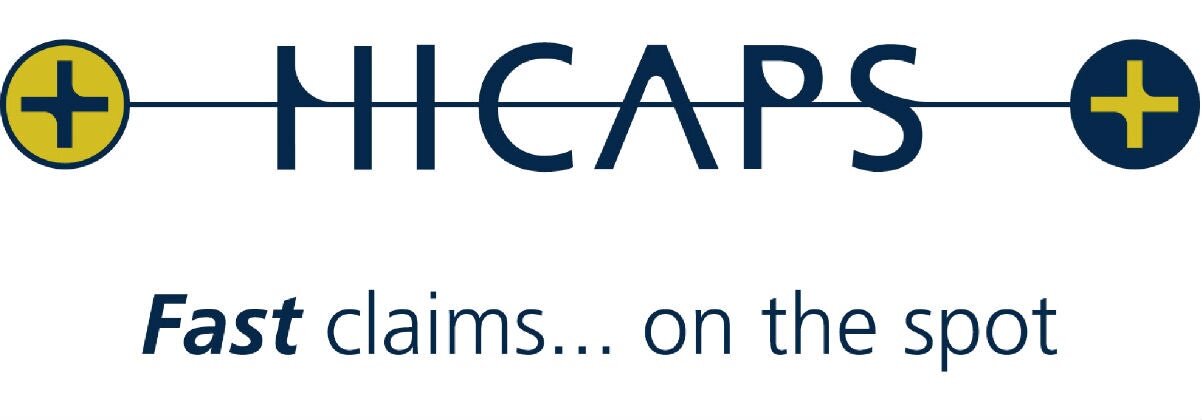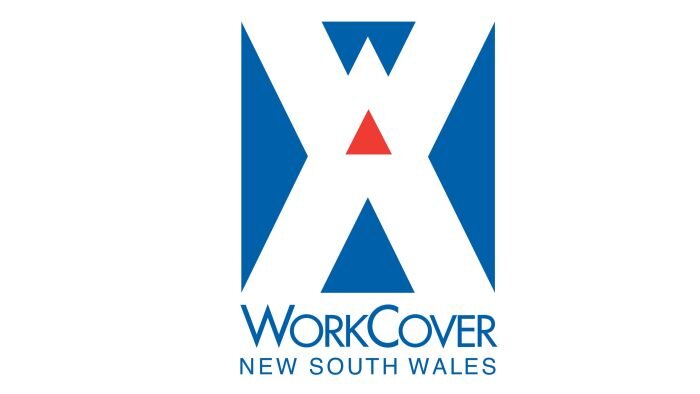Retrocalcaneal Bursitis
What is Retrocalcaneal Bursitis?
Retrocalcaneal bursitis is the most common heel bursitis.
Retrocalcaneal bursitis is inflammation of the bursa (a small, cushioning sac located where tendons pass over areas of bone around the joints), which lies over your heel (calcaneum) where your Achilles tendon inserts.
What is Bursitis?
What are Retrocalcaneal Bursitis Symptoms?
One or more of the following symptoms may be experienced:
- Pain and swelling occurring over the rear your heel.
- Pain when your are leaning on your heel eg sitting with heels on the ground.
- Increased pain when using your calf muscles.eg running, walking, calf raises
What Causes Retrocalcaneal Bursitis?
The retrocalcaneal bursa may be inflamed by your Achilles tendon rubbing over the bursa and causing friction against the heel bone. This injury can occur traumatically from a fall or a sport-related impact contusion.
It can also be a case of gradual onset via a repetitive trauma to the bursa from activities as running and jumping (with poor muscles control or technique), or excessive loading on your heel.
It is also a secondary injury associated with chronic conditions such as:
- Achilles Tendonitis
- Plantar Fasciitis
- Heel Spurs
- Fibromyalgia
- Rheumatoid arthritis.
How is Retrocalcaneal Bursitis Diagnosed?
Your physiotherapist or doctor will provide you with an assessment of your medical history and a physical examination of your heel and ankle. A hallmark sign is swelling or tenderness of your heel around the insertion of your Achilles tendon.
Diagnosis can also be confirmed by medical imaging techniques that include ultrasound scan & MRI.
What is Retrocalcaneal Bursitis Treatment?
Ice
Bursitis is an inflammed bursa. Daily application of ice packs is highly recommended to reduce your pain and swelling.
Medications
NSAIDs or anti-inflammatory drugs (i.e. ibuprofen). Use of these medications should be discussed with your doctor.
Corticosteroid Injections
Single injection of a corticosteroid with a local anaesthetic into the bursa may be required to stimulate your healing response. It is preferable to have this injection using ultrasound guidance.
Olecranon Bursitis Treatment
PHASE I - Pain Relief & Protection
Managing your pain. Pain is the main reason that you seek treatment for retrocalcaneal bursitis. In truth, it was actually the final symptom that you developed and should be the first symptom to improve.
Managing your inflammation. Bursa inflammation it best eased via ice therapy and techniques or exercises that de-load the inflamed structures.
Your physiotherapist will use an array of treatment tools to reduce your pain and inflammation. These include: ice, electrotherapy, acupuncture, de-loading taping techniques, soft tissue massage etc.
PHASE II - Restoring Normal ROM, Strength
As your pain and inflammation settles, your physiotherapist will turn their attention to restoring your normal ankle joint range of motion, muscle length and resting tension, muscle strength, endurance and proprioception.
Please ask your physio for their advice.
PHASE III - Restoring Full Function
The final stage of your rehabilitation is aimed at returning you to your desired activities. Everyone has different demands for their lower limbs that will determine what specific treatment goals you need to achieve.
Your physiotherapist will tailor your elbow rehabilitation to help you achieve your own functional goals.
PHASE IV - Preventing a Recurrence
Retrocalcaneal bursitis can return is you annoy your bursa. The main reason it is thought to recur is due to insufficient rehabilitation or not understanding your condition.
Retrocalcaneal Bursitis Surgery
Surgery is not a common path. However, in persistent cases, removal of the bursa - known as a bursectomy - can be performed.
How Can You Prevent Retrocalcaneal Bursitis?
Muscle weakness or fatigue is a potential cause of retrocalcaneal bursitis. So addressing your strength and endurance is necessary to avoid a recurrence.
What Results Can You Expect for Retrocalcaneal Bursitis?
While some people can respond quickly to physiotherapy treatment within a few weeks, more chronic cases where an Achilles tendinopathy, plantar fasciitis, heel spur or other lower limb injury co-exists, can require a few months to achieve recovery.
Retrocalcaneal bursitis is successfully managed in the vast majority over a period of approximately six weeks. It is important to not stop your rehabilitation exercises as soon as you pain abates. Hydrocortisone injections may be helpful in the short-term to reduce the inflammatory response within the bursa.
Please follow the advice of your physiotherapist or doctor.
If you have any specific questions, please ask them.




